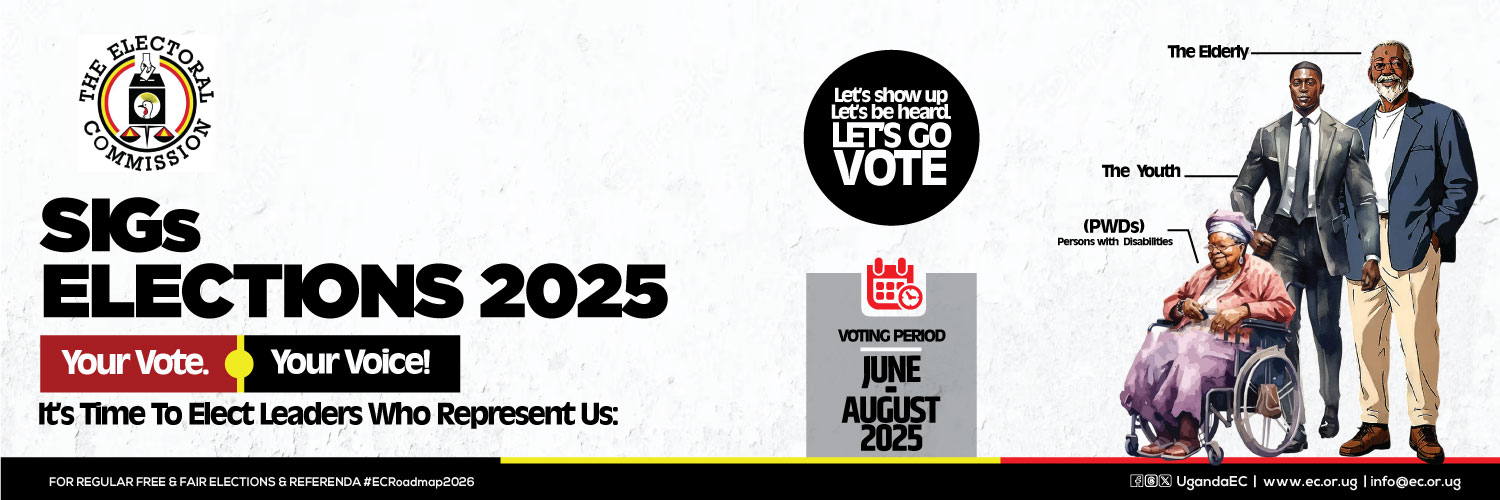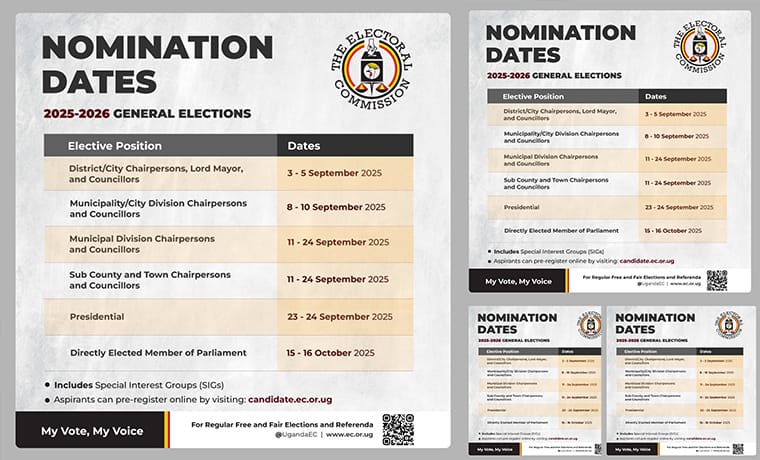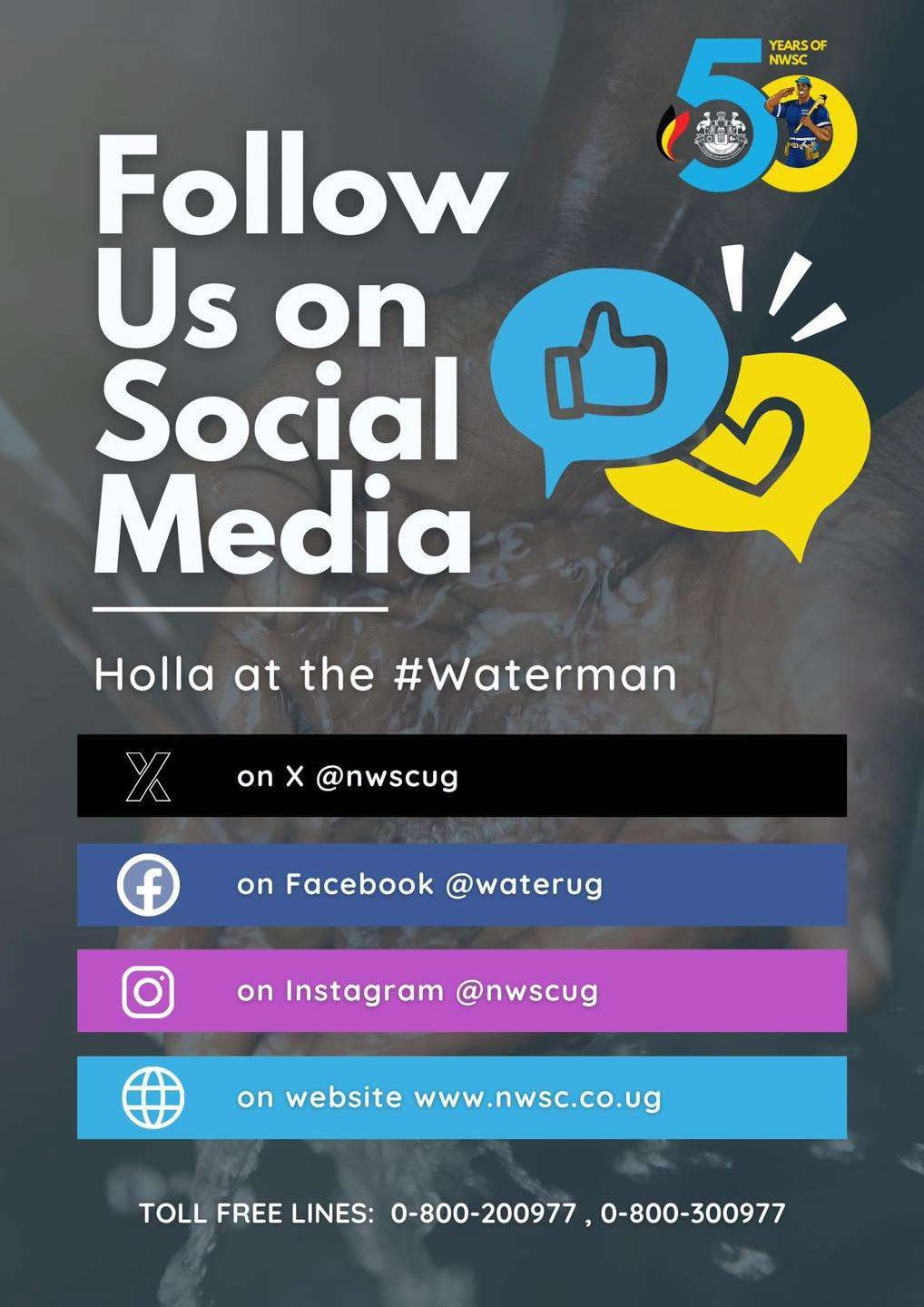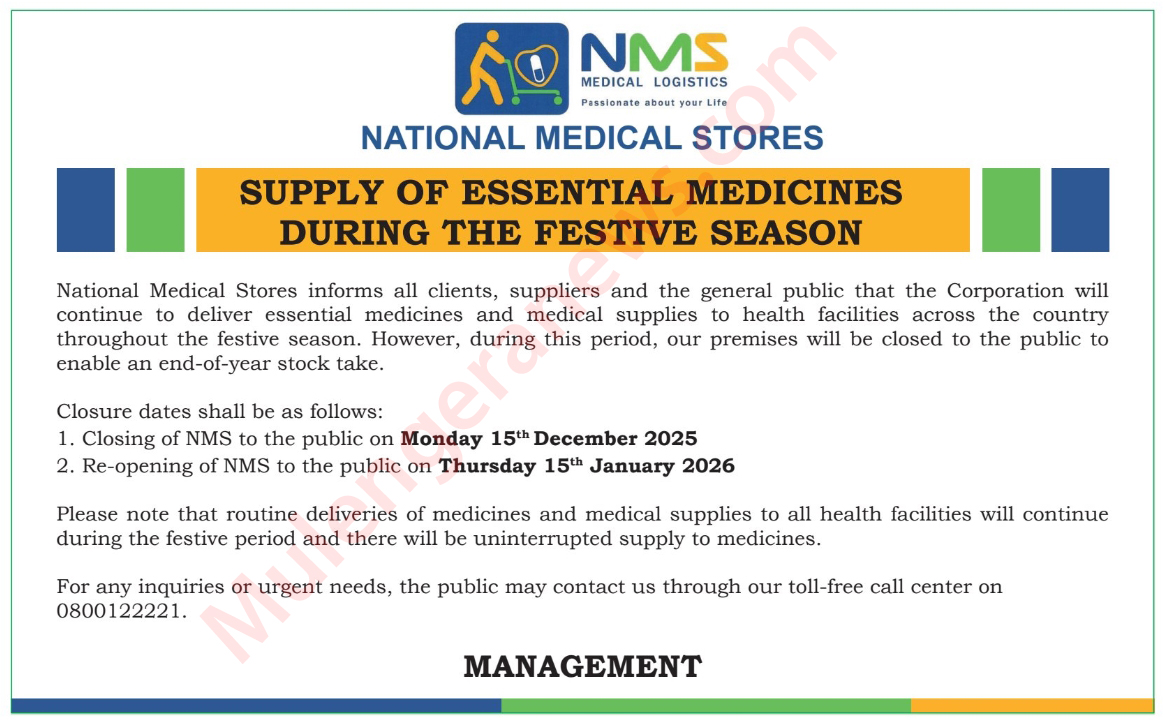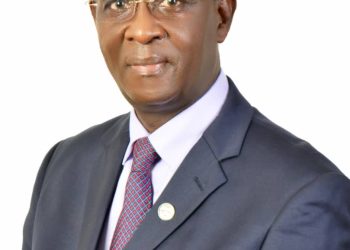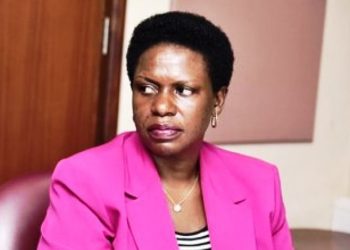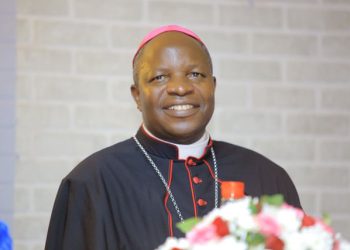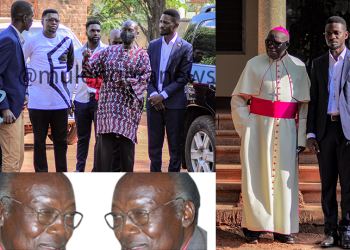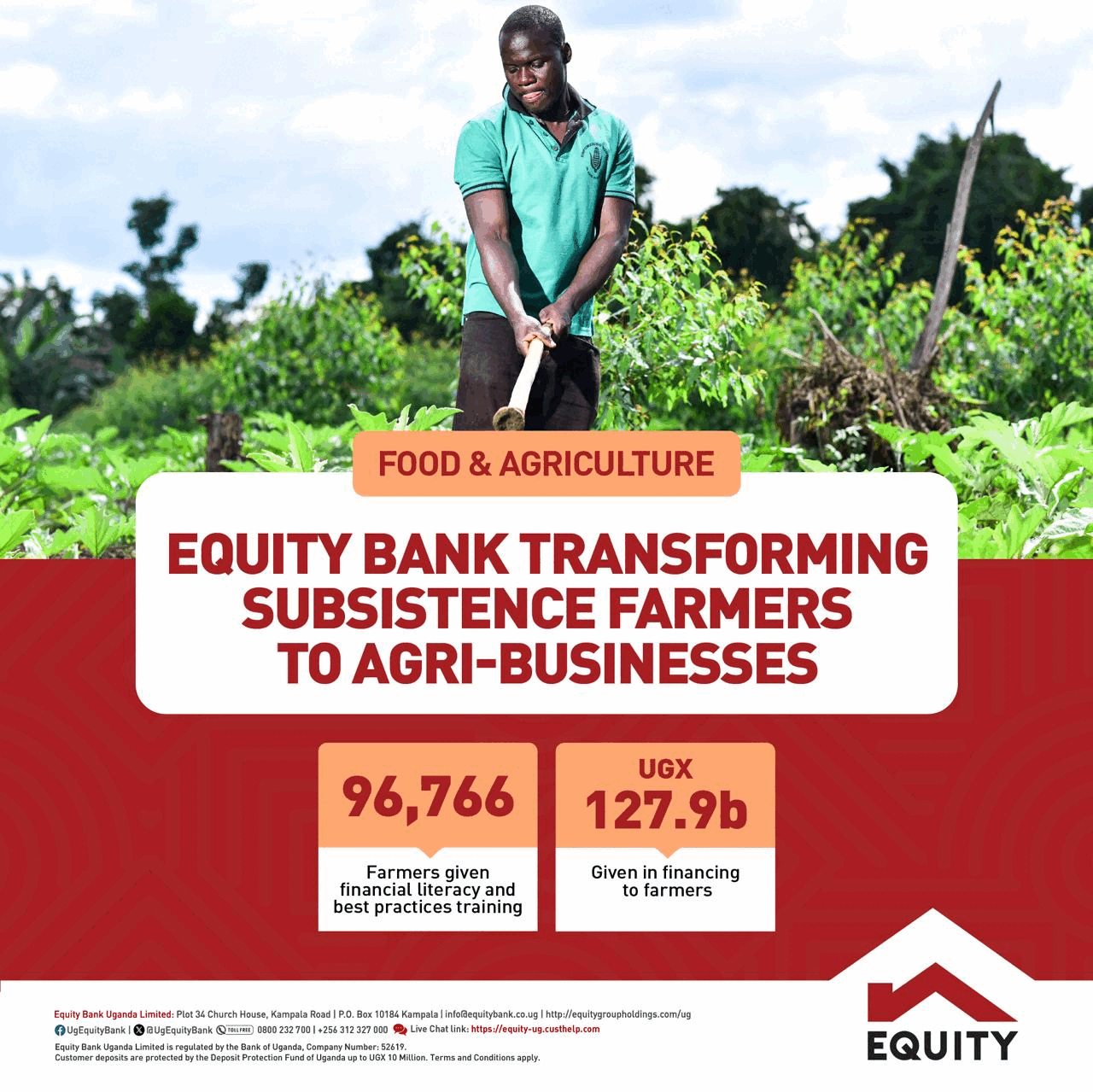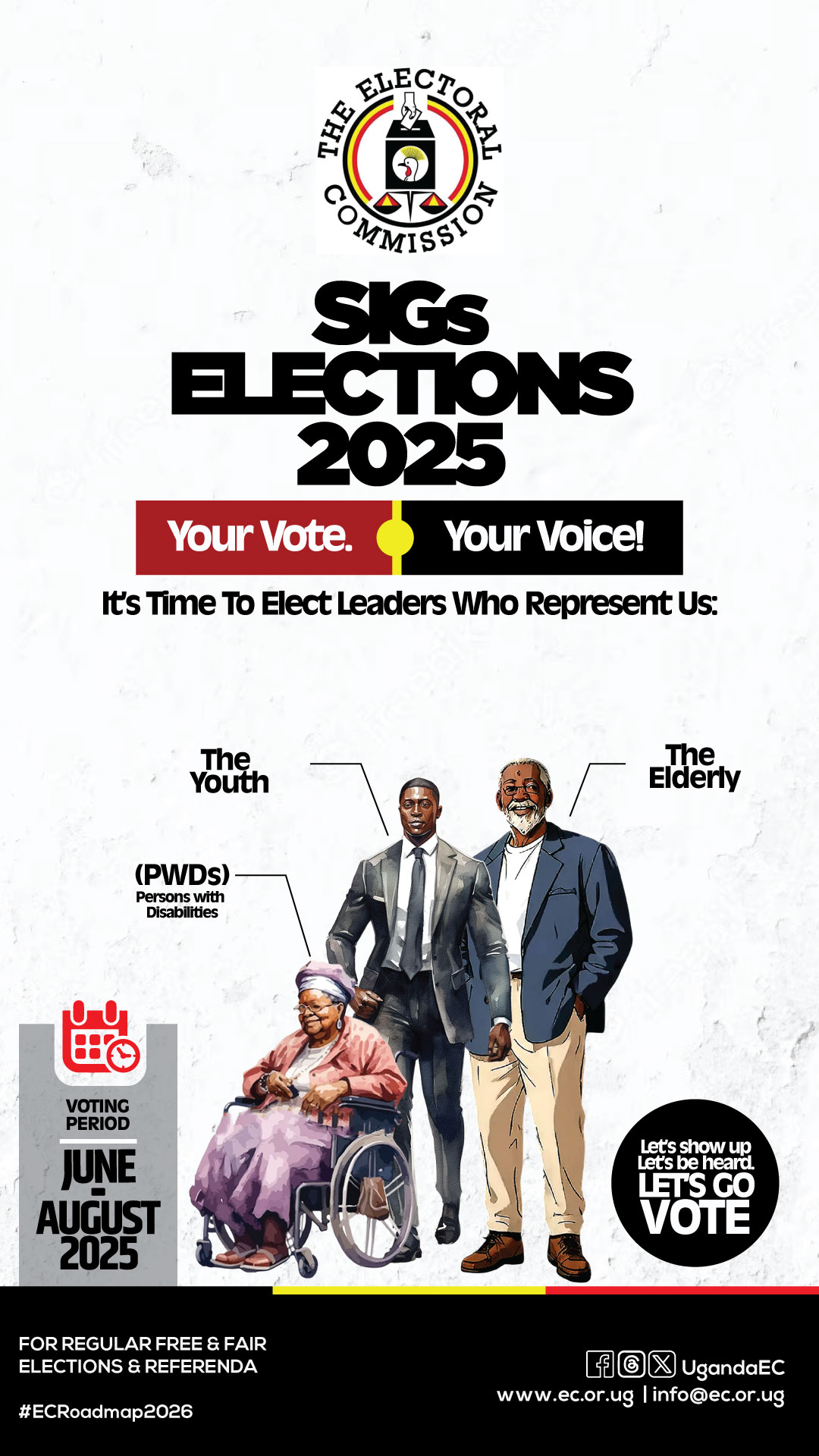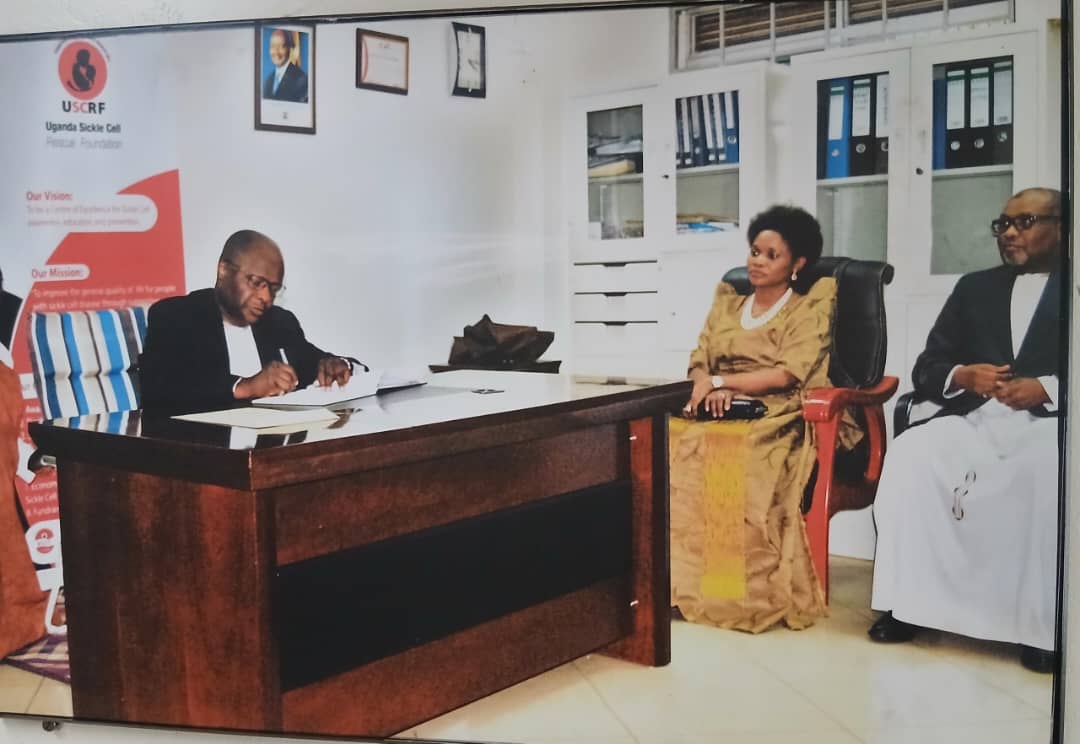
By Mulengera Reporters
The latest news emerging from the UK scientific arena indicates that significant progress has finally been made in the world’s fight against sickle cell disease. This is by way of the new ground-breaking medicine or treatment which the UK scientists recently innovated and came up with.
Exciting as such news is supposed to be, advocates of wide spread access to such life-saving treatment in Uganda, and other economically deprived parts of the developed world, are concerned that the UK scientific research progress against the sickle disease isn’t going to be good enough for countries in especially Africa and Asia where majority sickle cell patients live. At least not in the near future.
Not even in 10 years, unless some really very big interventions are done to make the world realize that the entire globe (not even in the developed west) will be safe and out of the woods until the entire world population is shielded and made safe against the sickle cell disease.
There are growing concerns about affordability. Medical procedures capable of diminishing the sickle cell-related fatality risk, have always been prohibitively expensive and thereby leaving millions of people in the developing world deprived. As of 10 years ago, it took no less than USD500,00 (roughly Shs1.5bn in Ugandan money) to have a sickle cell disease-suppressing stem cell transplant in Europe.
Yet the newest treatment combination, by scientists in the UK, is way much more expensive, which will prohibit and inhibits access for more people from the developing world than had previously been the case. To access and benefit from the latest sickle cell treatment newly developed by UK scientists, 1.6m Pounds (roughly Shs8bn in Ugandan money) will be required.
Understandably, this outrageously prohibitive cost has already diminished and dampened the initial excitement the anti-sickle cell movement in the developing world had had towards the new scientific discovery by the UK scientists.
The exorbitant cost has left activists involved in the sickle cell space in Uganda, and the rest of the developing world, more pessimistic than was the case before because at that cost, the new treatment will simply never mean anything for the development world where majority sickle cell vulnerable patients live.
In the Ugandan case, its only the President and his close members family (not even his Ministers) that can afford sickle cell treatment at that current cost. The resultant exclusion can’t have been the objective that the UK scientists must have had as they got down to work for years, towards a treatment solution.
Yet with the isolationist Donald Trump administration taking charge and disrupting everything in the US, the world’s leading superpower (which has always given leadership on such inclusion concerns), sickle cell sufferers in Uganda and elsewhere in the developing world can only predict and anticipate more vulnerability if not worse.
Yet with platforms like WHO getting into disarray of some sort, as a result of Donald Trump’s disruptions and isolationist agenda, such inclusion concerns won’t be becoming priority for discussion for the increasingly polarised international community any time soon.
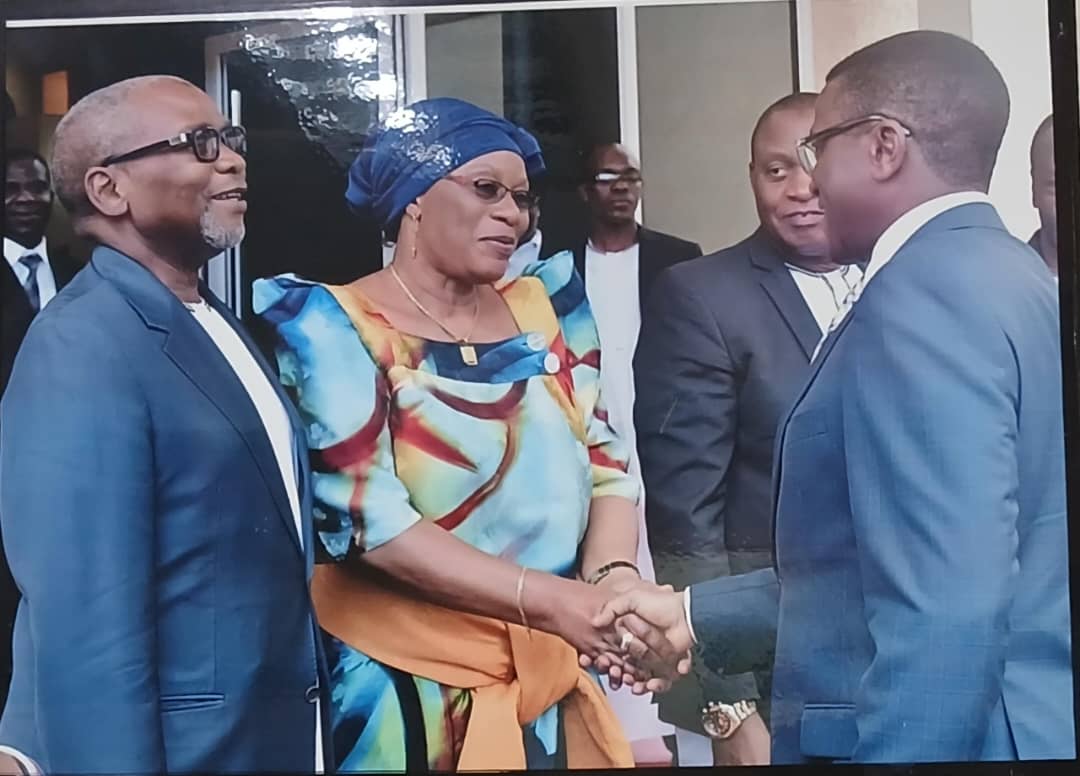
This implies that the financially-deprived parts of the developing world (like Africa and Asia) will have to rely on advocacy groups like USCRF and others to undertake sustained advocacy and keep making noise to ensure that all this cost-related injustice is globally publicised. It’s the only way the relevant reflection and focus will be had around this huge public health problem.
Relentless activism and advocacy is the only way this problem is going to get the international level attention it deserves. It really isn’t going to be easy initially at all because even in the UK itself, the available NHS information indicates that the British government will initially be funding public access for only 50 patients annually.
This explains why Africa must immediately pay attention to this very menacing public health challenge and get leaders of it’s 54 countries to collectively become outspoken about this issue or else a lot more lives are going to be lost (in the coming years & in the immediate term) than would have been the case.
THE UGANDAN SITUATION:
Sickle cell disease has always been a significant public health concern in Uganda, with a prevalence of the sickle cell trait (SCT) estimated at 13.3%. This translates into around 240,000 babies born with the sickle cell trait and 17,000 with sickle cell disease every year.
The regions that are most affected by sickle cell disease in Uganda are illustrated as follows: Mid-Northern Region has one of the highest prevalence rates of sickle cell trait and disease. Then comes North-East Region which also has a high prevalence rate, with many cases going undiagnosed. Mid-East Region has a prevalence rate of 2-2.7%, with many families being affected by the disease.
The East-Central Region of Uganda also has a significant prevalence rate, with many cases reported in rural areas. The Central Region, and more specifically Kampala district, has a reported prevalence rate of 12.8-19.8%.
It’s worth noting that the sickle cell disease disproportionately affects babies in Uganda, with many of the cases going undiagnosed due to lack of newborn screening.
But gratefully, efforts are being made by advocacy organizations like the Uganda Sickle Cell Rescue Foundation (USCRF) to increase awareness and improve access to screening services and treatment though more needs to be done to address this significant public health concern amidst alarmingly low awareness levels. (For comments on this story, get back to us on 0705579994 [WhatsApp line], 0779411734 & 041 4674611 or email us at mulengeranews@gmail.com).















